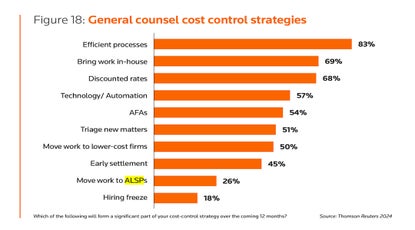Basics of public domain and fair use
Whether it’s text, images, audio or video, any third-party materials used in your stream are potentially subject to copyright. Using them in your stream may be copyright infringement unless you have permission, which you can read about here, or one of the following applies:
- (1) the work is in the public domain; or
- (2) your use of the material falls under the doctrine of fair use.
Public Domain
For the most part, the only works that are in the public domain are those where the copyright has expired (ex: The Mona Lisa) or where the owner has affirmatively agreed to release the work into the public domain.
As a general rule of thumb, works published before 1923 are likely to be in the public domain, works created after 1978 are probably not in the public domain (unless released by the author), and works published between 1923 and 1978 are highly dependent on the circumstances.
| Works published in the U.S. before 1923 | In the public domain |
| Works published in the U.S. after 1922 but before 1964 | Initial term of 28 years. If not renewed during the 28th year, the work falls into the public domain. |
| Works published in the U.S. after 1922 but before March 1, 1989 | Generally, if a work was published without copyright notice under the authorization of the copyright owner and the law does not provide an exception for the omission, the work is in the public domain |
Fair Use
Under certain circumstances, you’re allowed to repurpose limited portions or elements of a copyrighted work as long as it does not interfere with the copyright owner’s economic incentives. A classic example of fair use is the use of short quotations in a book review.
Relying on a fair use defense to copyright infringement is nearly always risky. This is because deciding whether something is fair use requires a case-by-case examination of the nature of the work, what and how much was copied, how and why the work is used, and, perhaps most importantly, the effect on demand for authorized copies of the work.
The four-factor balancing test is the standard used by courts to determine whether your work is fair use:
- the purpose and character of the use, including whether such use is of a commercial nature or is for nonprofit educational purposes;
- the nature of the copyrighted work;
- the amount and substantiality of the portion used in relation to the copyrighted work as a whole; and
- the effect of the use upon the potential market for or value of the copyrighted work.
1. Purpose and Character. The general rule is that the less your use is deemed commercial the better. There is no defined line that determines commercial or not, but it is important to view your intended use of the work. If your intent is to make money rather than create something for education purposes, the likelihood is that a court would rule against fair use on this factor.
2. Nature of Existing Work. Courts have ruled that non-fictional elements of a pre-existing work are less likely to be protected than fictional elements. Some courts have also ruled that whether a pre-existing work is published or unpublished is an important factor, although subsequent rulings have indicated that this is a minor consideration in the test.
3. Amount Used. There is no set percentage by which you can use or alter a work and be sure to avoid being sued for infringement. For example, there is no 30 second fair use rule. In general, the less that is used in relation to the whole, the more likely that the use will be considered fair use. Additionally, the quality of the portion used is an important consideration.
4. Market Effect. A court will look to whether the subsequent user’s specific use of the work has significantly harmed the pre-existing owner’s market, but also whether such uses in general, if widespread, would harm the potential market of the pre-existing work.
Conclusion
If you really want to use a pre-existing work as the basis for your creative work, you should have an attorney “clear” the work by obtaining permissions where necessary. See How do I properly use third-party content in my video or stream? At a minimum, the attorney can help you assess whether the risks are too great to proceed with the creation of such work. Each case is fact and scenario specific, so it is imperative that you consult with an attorney versed in this area of the law prior to undertaking the creation and/or exploitation of any work based upon a pre-existing work.








